Home>Furniture>Living Room Furniture>Should You Bring Patio Cushions Indoors When It Rains
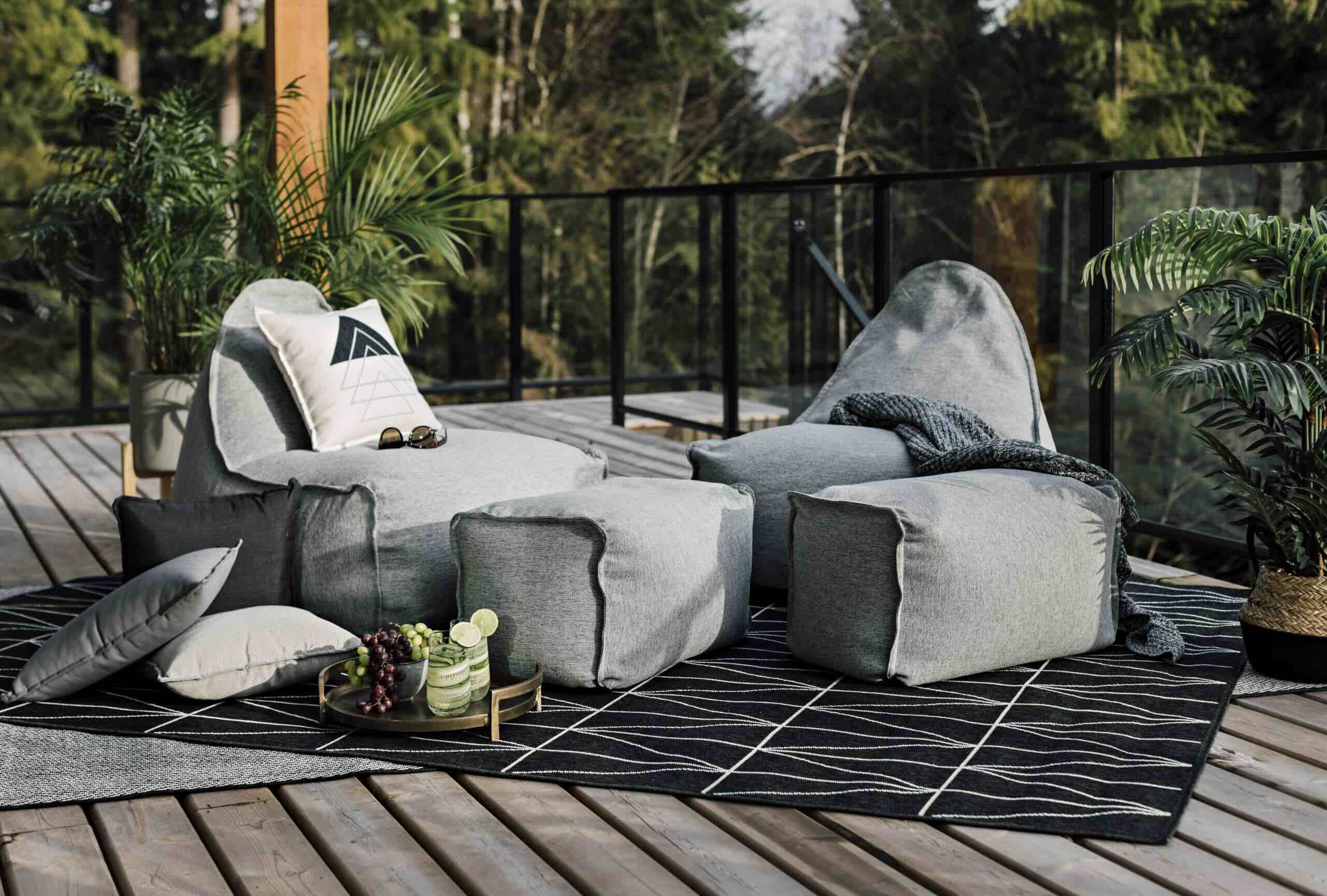

Living Room Furniture
Should You Bring Patio Cushions Indoors When It Rains
Modified: March 16, 2024
Protect your living room furniture. Find out if you should bring in patio cushions when it rains. Keep your outdoor seating looking great for years to come.
(Many of the links in this article redirect to a specific reviewed product. Your purchase of these products through affiliate links helps to generate commission for Storables.com, at no extra cost. Learn more)
Introduction
Welcome to our comprehensive guide on patio cushions and the decision of whether or not to bring them in when it rains. Patio cushions are a popular addition to outdoor living spaces as they provide comfort and style. However, when bad weather strikes, it’s important to consider the impact that rain can have on these cushions. In this article, we will explore the importance of patio cushions, the effects of rain on them, and factors to consider before deciding whether to bring them in during rainy weather.
Patio cushions serve a dual purpose of enhancing the aesthetic appeal of your outdoor space and providing a cozy seating experience. They come in various shapes, sizes, and materials to cater to different tastes and preferences. Whether you have a patio, deck, or balcony, patio cushions can transform your outdoor area into a comfortable oasis where you can relax and entertain guests.
However, one of the main challenges that patio cushions face is exposure to the elements, particularly rain. Rain can have a significant impact on the durability and longevity of these cushions. It’s important to understand how rain affects patio cushions to make an informed decision regarding whether to bring them indoors during wet weather.
When it comes to rain, patio cushions are susceptible to both immediate and long-term effects. Immediate effects include water absorption, which can make the cushions damp and uncomfortable to sit on. Excessive water exposure can also lead to mold and mildew growth, causing unpleasant odors and potential health issues.
Furthermore, constant exposure to rain can cause the fabric of the cushions to fade and weaken over time. This can result in a loss of color vibrancy and structural integrity. Additionally, the filling materials within the cushions, such as foam or polyester, may become damaged and lose their shape due to prolonged moisture exposure.
Before deciding whether to bring in your patio cushions when it rains, it’s essential to consider a few factors. First and foremost, assess the severity and duration of the rain. A light drizzle may not pose a significant threat to your cushions, but prolonged heavy rain can cause substantial damage. Additionally, consider the type of fabric and filling used in your cushions. Some materials are more resistant to water damage than others.
While there are advantages to bringing in your patio cushions during rainy weather, such as protecting them from immediate water damage and prolonging their lifespan, there are also disadvantages to consider. Storing large cushions indoors can take up valuable space, especially if you have limited storage options.
In conclusio
Key Takeaways:
- Protecting patio cushions from rain can extend their lifespan, prevent mold growth, and maintain their vibrant colors, ensuring a cozy and inviting outdoor space for relaxation and entertainment.
- While bringing in patio cushions during rain offers advantages like reduced cleaning and prolonged lifespan, it may pose challenges such as limited storage space and inconvenience, requiring thoughtful consideration.
The Importance of Patio Cushions
Patio cushions play a crucial role in creating a comfortable and inviting outdoor living space. They are not just decorative accessories but also provide practical benefits that enhance your outdoor experience. Let’s dive into the importance of patio cushions and why they are an essential addition to any outdoor seating area.
Enhanced Comfort: One of the primary reasons people invest in patio cushions is to increase the comfort level of their outdoor seating. Whether you have a patio dining set, lounge chairs, or a swinging bench, adding cushions can significantly improve the coziness of the furniture. Soft, plush cushions provide a comfortable place to sit and relax, making your outdoor space more enjoyable and inviting.
Style and Aesthetics: Patio cushions come in a wide variety of colors, patterns, and designs, allowing you to personalize your outdoor space to match your preferences and aesthetic taste. Whether you prefer vibrant, bold colors or subtle, neutral tones, there are cushions available to suit every style. By selecting the right cushions, you can enhance the overall look of your patio or deck and create a visually appealing outdoor setting.
Versatility and Flexibility: Patio cushions offer versatility and flexibility in terms of furniture arrangement. They can easily be added or removed based on your seating needs. Patio cushions can be used on a variety of outdoor furniture, including chairs, benches, sofas, and even outdoor sectionals. This versatility allows you to change the look and feel of your outdoor space with minimal effort, giving you the freedom to create different seating arrangements for different occasions.
Protection and Durability: In addition to providing comfort and style, patio cushions also offer protection to your outdoor furniture. They act as a barrier between the furniture and the elements, shielding it from direct contact with surfaces that could potentially cause damage. Cushions protect your furniture from scratches, stains, and general wear and tear, helping to extend its lifespan and maintain its appearance over time.
Customizable Support: Another significant advantage of patio cushions is the ability to customize the level of support they provide. Different cushions have varying levels of firmness, allowing you to choose the one that best suits your preferred seating posture. Whether you prefer a softer, more plush cushion or a firmer, more supportive cushion, there are options available to accommodate your individual comfort needs.
Easy Maintenance: Outdoor cushions are designed to withstand the elements and are typically made from durable, weather-resistant materials. This makes them easy to clean and maintain. Most patio cushions can be easily wiped clean with a damp cloth or mild soap and water. Additionally, many cushions are also UV-resistant, protecting them from fading and discoloration caused by prolonged exposure to sunlight.
Overall, patio cushions are a valuable addition to any outdoor seating area. They not only add comfort and style but also provide practical benefits such as protection, flexibility, and customization. Investing in quality patio cushions can enhance your outdoor living experience and make your outdoor space a place where you and your guests will want to spend time.
The Effects of Rain on Patio Cushions
When it comes to outdoor furniture, patio cushions are particularly vulnerable to the effects of rain. Rainwater can have a variety of impacts on the cushions, both immediate and long-term. Understanding these effects is essential in order to make informed decisions about how to best care for your patio cushions during wet weather.
Water Absorption: One of the immediate effects of rain on patio cushions is water absorption. Without proper protection or water-resistant materials, the cushions can quickly become saturated with water. This can make the cushions damp and uncomfortable to sit on, making your outdoor seating area less inviting.
Mold and Mildew Growth: Excessive water exposure can lead to the growth of mold and mildew on patio cushions. Mold and mildew thrive in damp environments, and if left unchecked, they can cause not only unpleasant odors but also potential health issues. It is important to address any signs of mold or mildew promptly to prevent further damage to your cushions.
Fading and Discoloration: The constant exposure to rain can cause the fabric of patio cushions to fade and lose its color vibrancy. UV rays from the sun can amplify this effect, accelerating the fading process. Over time, your cushions may lose their original bright and vibrant appearance, detracting from the overall aesthetic of your outdoor space.
Structural Damage: Prolonged exposure to rain can also cause structural damage to patio cushions. The filling materials within the cushions, such as foam or polyester, can become waterlogged and lose their shape. This can result in a less supportive and comfortable seating experience. Additionally, the moisture can break down the fibers of the fabric, weakening its overall durability.
Stains and Watermarks: Rainwater can leave behind unsightly stains and watermarks on patio cushions. Depending on the material of the cushions, these marks can be difficult to remove, especially if not addressed promptly. Stains and watermarks can significantly impact the aesthetics of the cushions and may require additional cleaning or even replacement.
Freezing Temperatures: In colder climates, rain followed by freezing temperatures can be particularly damaging to patio cushions. If the cushions retain moisture and then freeze, the water can expand and cause them to crack or become misshapen. It is crucial to ensure that cushions are completely dry before exposing them to freezing temperatures to prevent any potential damage.
Considering these effects, it is important to take appropriate steps to protect your patio cushions from the rain. While some cushions may have built-in water-resistant properties, it is still advisable to take precautions and minimize their exposure to prolonged or heavy rain. Proper care and maintenance can help extend the lifespan of your patio cushions and ensure that they remain attractive and comfortable for years to come.
Potential Damage to Patio Cushions
Patio cushions are susceptible to various forms of damage, especially when exposed to unfavorable weather conditions. It’s essential to be aware of the potential risks that can affect your cushions to ensure their longevity and maintain their aesthetic appeal. Let’s explore some of the common types of damage that patio cushions may face.
Mold and Mildew: Excessive moisture from rain or high humidity levels can create an ideal environment for mold and mildew growth on patio cushions. These fungi can not only cause unpleasant odors but also pose health risks to individuals with allergies or respiratory issues. Mold and mildew can quickly spread if not addressed promptly, resulting in irreversible damage to the cushions.
Fading and Discoloration: Prolonged exposure to sunlight and rain can cause the fabric of patio cushions to fade and lose its original color. UV rays from the sun are particularly damaging and can accelerate the fading process. This can lead to a lackluster appearance and a mismatched set of cushions if they fade unevenly. Fading and discoloration can detract from the overall aesthetic appeal of your outdoor seating area.
Stains and Watermarks: Rainwater can leave behind stains and watermarks on patio cushions, especially if they are not properly protected. These stains can be unsightly and difficult to remove, depending on the type of fabric used in the cushions. Additionally, watermarks can create uneven patches on the cushions, further diminishing their visual appeal.
Deterioration of Filling Materials: The filling materials within the cushions, such as foam or polyester, can be adversely affected by excessive exposure to rain. Water absorption can lead to the breakdown of these materials, causing them to lose their shape, support, and cushioning. Over time, the cushions may become saggy, lumpy, or uncomfortable to sit on.
Structural Damage: The constant exposure to rain can weaken the structural integrity of patio cushions. The fabric may become stretched or frayed, seams may come undone, and zippers may corrode or break. In some cases, the cushions may develop tears or holes, further compromising their functionality and appearance.
Freezing Conditions: In regions with freezing temperatures, exposing patio cushions to rain followed by freezing conditions can be damaging. Water that has seeped into the cushions may freeze and expand, leading to cracks, splitting, or distortion of the cushion’s shape. It’s crucial to ensure that cushions are dry before subjecting them to freezing temperatures to prevent such damage.
Pests and Critters: Wet cushions can attract pests and critters, such as insects or rodents, looking for shelter or a water source. The presence of these unwanted visitors can lead to further damage to the cushions, as they may chew on or burrow into the fabric. Taking precautions to keep cushions dry and storing them properly can minimize the risk of pest infestations.
Understanding the potential damage that patio cushions can incur is crucial for their care and maintenance. By being proactive in protecting your cushions from rain and other damaging factors, you can extend their lifespan and ensure they remain in excellent condition for years to come. Regular cleaning, proper storage, and using protective covers when not in use can help protect your patio cushions and preserve their beauty and functionality.
Factors to Consider Before Bringing in Patio Cushions
Deciding whether or not to bring in your patio cushions when it rains requires careful consideration of various factors. While protecting your cushions from rain is important, it’s equally essential to weigh the practicality and convenience of bringing them indoors. Here are some key factors to consider before making your decision:
Weather Severity: Assess the severity of the rainy weather. Is it a light drizzle or a heavy downpour? While light rain may not pose a significant threat to your cushions, heavy rain can quickly saturate them and cause potential damage. Consider the weather forecast and the duration of the rainfall to determine if it’s necessary to bring in your patio cushions.
Material of the Cushions: The type of fabric used in your patio cushions plays a vital role in how they handle rain. Some materials, such as outdoor-specific fabrics like Sunbrella, are more water-resistant and can withstand exposure to rain better than others. If your cushions are made of a less water-resistant material, it may be more prudent to bring them indoors during rainy weather to protect them from potential damage.
Cushion Size and Storage: Consider the size and quantity of your patio cushions in relation to available storage space. If you have numerous large cushions and limited indoor storage options, bringing them all inside during every rain shower may not be feasible. Evaluate whether you have adequate storage space to accommodate your cushions and make a practical decision based on the available options.
Frequency of Rainfall: Consider the typical weather patterns in your area. If you live in a region with frequent rainfall, constantly moving your patio cushions indoors and outdoors can become cumbersome and time-consuming. Evaluate the frequency of rain in your area and decide whether it makes more sense to invest in waterproof covers or storage solutions to protect your cushions outdoors or bring them indoors during extended periods of wet weather.
Convenience and Effort: Bringing in patio cushions when it rains may require some effort, especially if they are large or heavy. Consider the convenience and ease of moving the cushions indoors. If you have to navigate obstacles or carry them up and down stairs, it may be more practical to invest in waterproof covers or select cushions that can withstand rain exposure without significant damage.
Personal Preference: Ultimately, your personal preference and attachment to your patio cushions may influence your decision. If you have invested in high-quality, expensive cushions or if they hold sentimental value, you may be more inclined to bring them in during rain. On the other hand, if your cushions are affordable and easily replaceable, you may opt for convenience and leave them outdoors during light rain showers.
Taking all these factors into account, you can make an informed decision on whether to bring in your patio cushions when it rains. It’s a balance between protecting your cushions from potential damage and considering the practicality, convenience, and cost-effectiveness of bringing them indoors. By carefully evaluating these factors, you can ensure the longevity and durability of your patio cushions while maintaining a hassle-free outdoor living experience.
It’s a good idea to bring in patio cushions when it rains to prevent them from getting wet and potentially growing mold. If you can’t bring them in, consider covering them with a waterproof tarp.
Read more: Bring Nature Indoors With Indoor Jungle Tips
Advantages of Bringing in Patio Cushions During Rainy Weather
While leaving your patio cushions outdoors during rainy weather may seem convenient, bringing them in can offer several advantages. Taking a proactive approach to protect your cushions from the rain can help extend their lifespan and maintain their appearance and functionality. Here are some key advantages of bringing in your patio cushions during rainy weather:
Protection from Water Damage: The most obvious advantage of bringing in patio cushions during rainy weather is protection from water damage. Rain can quickly saturate cushions, leading to water absorption, mold and mildew growth, and potential structural damage. By bringing the cushions indoors, you can ensure they stay dry and free from water-related issues.
Prolonged Lifespan: Patio cushions that are regularly exposed to rain can deteriorate more quickly over time. Preventing excessive exposure to water can help extend the lifespan of your cushions. By bringing them indoors during rainy weather, you reduce the risk of damage and maintain their structural integrity for longer periods.
Mold and Mildew Prevention: Moisture from rain and high humidity can create ideal conditions for mold and mildew growth on patio cushions. By bringing them indoors, you can minimize the risk of mold and mildew developing, which can lead to unpleasant odors and potential health issues. Keeping the cushions dry and allowing them to thoroughly dry out after use can prevent these problems.
Preserving Aesthetic Appeal: Constant exposure to rain can cause patio cushions to fade, stain, and develop watermarks. By bringing them indoors during rainy weather, you can maintain their original colors and patterns. This preserves their aesthetic appeal and ensures they continue to enhance the overall look of your outdoor space.
Reduced Cleaning and Maintenance: Keeping patio cushions indoors during rainy weather means less frequent cleaning and maintenance. Rainwater and the associated debris can quickly soil cushions, requiring more regular cleaning and upkeep. By bringing them indoors, you can minimize the need for extensive cleaning and maintenance, saving you time and effort.
Convenient Storage Options: Bringing in patio cushions during rainy weather allows you to take advantage of the storage options available indoors. Storing cushions in a dry and climate-controlled environment can further protect them from potential damage. It also frees up outdoor seating areas, allowing you to utilize your outdoor space for other activities during inclement weather.
Ready for Immediate Use: By bringing in patio cushions, you ensure they are always readily available for use. This is especially beneficial when unexpected rainy weather occurs. Instead of having wet cushions that need time to dry before use, you can simply bring them in and have them on hand for comfortable seating even during a sudden downpour.
Considering these advantages, bringing in patio cushions during rainy weather proves to be a proactive and beneficial choice. By protecting your cushions from water damage, mold, and fading, you can ensure their longevity and maintain their visual appeal. Additionally, the reduced cleaning and maintenance, convenient storage options, and immediate usability are added bonuses that simplify your overall outdoor living experience.
Disadvantages of Bringing in Patio Cushions During Rainy Weather
While there are advantages to bringing in patio cushions during rainy weather, there are also some potential disadvantages to consider. These drawbacks may impact your decision-making process when deciding whether to bring your cushions indoors. Here are some of the disadvantages of bringing in patio cushions during rainy weather:
Limited Storage Space: One of the primary disadvantages is limited storage space. Patio cushions can be bulky, especially for larger seating areas or sets that have multiple cushions. Bringing them indoors during rainy weather may require adequate storage space, which may be a challenge if you have limited storage options available. This can pose logistical difficulties and potentially overcrowd indoor spaces.
Constant Transportation: Another drawback is the constant transportation of patio cushions. Moving them indoors and outdoors periodically can be time-consuming and physically demanding, particularly if you have a large number of cushions or if you need to navigate obstacles like stairs or narrow doorways. The frequent back-and-forth can become inconvenient and tiresome, particularly during frequent rain showers.
Disruption of Outdoor Space: Bringing patio cushions indoors during rainy weather means that your outdoor seating area may be left bare or uninviting. This can disrupt the overall ambiance and functionality of your outdoor space, making it less appealing for entertaining or relaxing. It may also require additional time and effort to rearrange the furniture or find alternative seating options indoors.
Unpredictable Weather: Weather patterns can be unpredictable, and sudden rain showers can catch you off guard. If you haven’t prepared by bringing in your patio cushions, they may be exposed to unexpected rain, potentially causing damage. This adds an element of uncertainty and the possibility of needing to replace or repair cushions due to unforeseen weather events.
Inconvenience of Drying: While bringing in patio cushions can protect them from immediate water damage, it can also lead to dampness and the need for drying before they can be used again. Depending on the materials used in the cushions and their moisture-absorption properties, it may take some time for them to fully dry indoors. This can be an inconvenience, especially if you want to use your outdoor space shortly after rainfall.
Risk of Forgetfulness: With the constant need to bring in patio cushions during rainy weather, there is a risk of forgetfulness. If you forget to bring them in and a sudden rain shower occurs, the cushions may be exposed to water damage, mold, or fading. This may result in additional costs or efforts to replace or restore the cushions.
Considering these disadvantages, it’s important to weigh the practicality and convenience of bringing in patio cushions during rainy weather. While protecting them from potential damage is crucial, it’s essential to consider the limitations of storage space, inconvenience of transportation, disruption of outdoor space, and the unpredictability of weather patterns. Assess your specific circumstances and make a decision that aligns with your lifestyle and priorities.
Tips for Properly Storing Patio Cushions During Rain
Properly storing patio cushions during rainy weather is essential to protect them from potential damage and ensure their longevity. Here are some useful tips to help you store your patio cushions effectively during rainy periods:
Thoroughly Clean and Dry: Before storing your patio cushions, make sure they are clean and dry. Remove any dirt, debris, or stains by spot cleaning or following the manufacturer’s cleaning instructions. Allow the cushions to air dry completely to prevent the growth of mold or mildew during storage.
Invest in Waterproof Storage Solutions: Consider investing in waterproof storage solutions to protect your patio cushions from rain. Look for storage bins, boxes, or bags specifically designed to be waterproof or water-resistant. These containers will keep your cushions dry and shielded from moisture and other environmental elements.
Remove and Store Cushions Individually: If possible, remove each cushion from the furniture and store them individually. This helps to prevent any moisture or condensation from being trapped between the cushions or under the furniture, reducing the risk of mold or mildew formation.
Use Plastic or Vinyl Covers: If you don’t have waterproof storage containers, consider using plastic or vinyl covers to protect your cushions. Wrap each cushion tightly in a plastic cover or use large plastic bags. Ensure they are sealed properly to keep out moisture and pests. This temporary solution will protect the cushions until you can invest in more suitable long-term storage options.
Elevate Off the Ground: When storing your patio cushions, elevate them off the ground to prevent any potential water damage. Place them on shelves, tables, or pallets to keep them away from any damp or wet surfaces. This will help promote airflow and prevent the cushions from absorbing moisture from the ground.
Store in a Dry, Well-Ventilated Area: Choose a storage location that is dry and well-ventilated. Avoid storing your cushions in areas prone to high humidity, such as basements or attics. Opt for a garage or a shed with proper ventilation, or a dedicated storage space indoors. Adequate ventilation will discourage mold and mildew growth and help maintain the integrity of the cushions.
Keep Away from Heat Sources: Avoid storing your patio cushions near heat sources, such as furnaces, water heaters, or stoves. Excessive heat can cause the cushions to warp, fade, or lose their shape. Additionally, avoid exposing them to direct sunlight, as this can lead to fabric fading over time.
Regularly Inspect and Air Out: Periodically inspect your stored cushions for any signs of mold, mildew, or pest infestation. If necessary, clean or treat the cushions accordingly. Additionally, take the opportunity to air them out on a sunny day to keep them fresh and prevent any musty odors.
Consider Long-Term Storage Solutions: If you live in an area with frequent rainfall, it may be beneficial to invest in long-term storage solutions. Look for options such as outdoor storage benches or deck boxes that are designed to store cushions and protect them from the elements. These solutions provide convenient and organized storage while keeping your cushions readily accessible for outdoor use.
Following these tips will help you properly store your patio cushions during rainy weather, protecting them from potential damage and ensuring their longevity. Remember, investing in suitable storage solutions and taking proactive measures can go a long way in preserving the quality and appearance of your cushions year after year.
Conclusion
When it comes to protecting your patio cushions during rainy weather, weighing the advantages and disadvantages is crucial. While there are benefits to bringing in your patio cushions, such as protecting them from water damage, mold, and fading, there are also drawbacks, such as limited storage space and the inconvenience of constant transportation. It’s important to consider these factors and make a decision that aligns with your specific circumstances and priorities.
Patio cushions play a vital role in creating a comfortable and visually appealing outdoor seating area. They enhance the overall aesthetics, provide comfort, and allow you to personalize your outdoor space. However, their exposure to rain can result in immediate and long-term damage, including water absorption, mold growth, fading, and structural deterioration. Understanding the effects of rain on patio cushions is essential in making informed decisions about their care and maintenance.
Prior to deciding whether to bring in your patio cushions during rainy weather, consider factors such as the severity and duration of the rain, the material of the cushions, the availability of storage space, the frequency of rainfall in your area, and your personal preferences. These factors will help guide you towards the appropriate course of action.
If you decide to bring in your patio cushions, there are practical steps you can take to ensure their proper storage. Thoroughly clean and dry the cushions beforehand to prevent mold and mildew development. Invest in waterproof storage solutions or use plastic covers to protect the cushions from moisture. Elevate the cushions off the ground and store them in a dry, well-ventilated area to prevent damage. Regularly inspect and air out the cushions to maintain their freshness.
Properly storing your patio cushions during rainy weather will help protect them from potential damage and ensure their longevity. By taking proactive steps, you can extend the lifespan of your cushions, maintain their aesthetic appeal, and make the most of your outdoor living space.
Ultimately, the decision of whether to bring in your patio cushions during rainy weather depends on the specific circumstances and considerations of each individual. By carefully evaluating the advantages and disadvantages, and following proper storage techniques, you can strike a balance between protecting your cushions and enjoying the convenience and functionality of your outdoor seating area.
Remember, your patio cushions are valuable investments. Treat them with care, maintain them properly, and they will continue to enhance your outdoor space for years to come.
Frequently Asked Questions about Should You Bring Patio Cushions Indoors When It Rains
Was this page helpful?
At Storables.com, we guarantee accurate and reliable information. Our content, validated by Expert Board Contributors, is crafted following stringent Editorial Policies. We're committed to providing you with well-researched, expert-backed insights for all your informational needs.

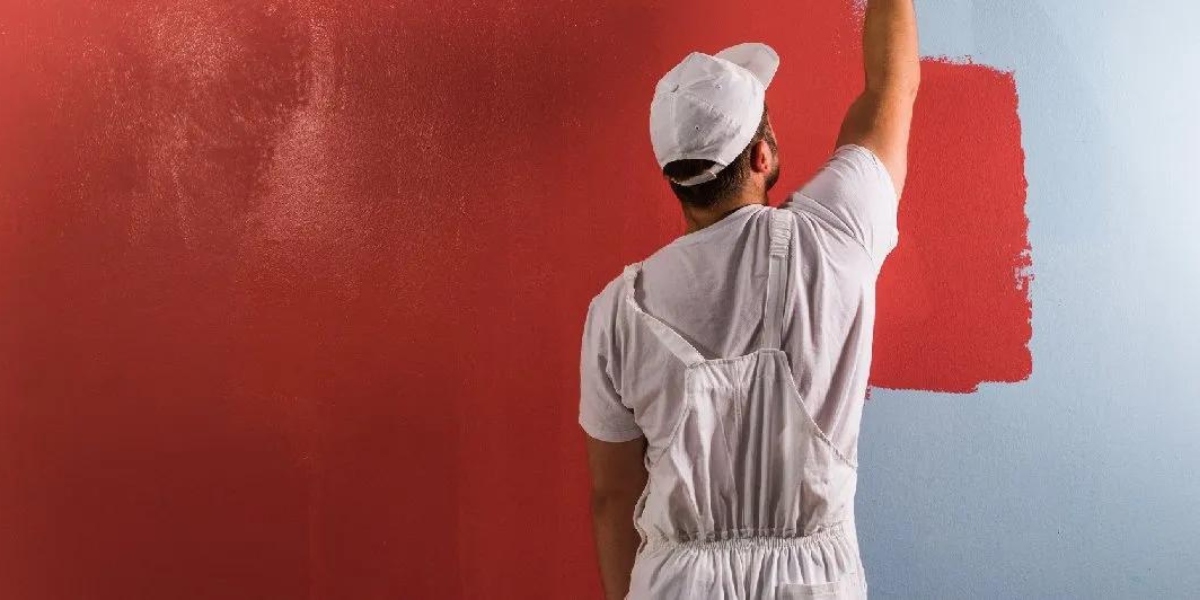
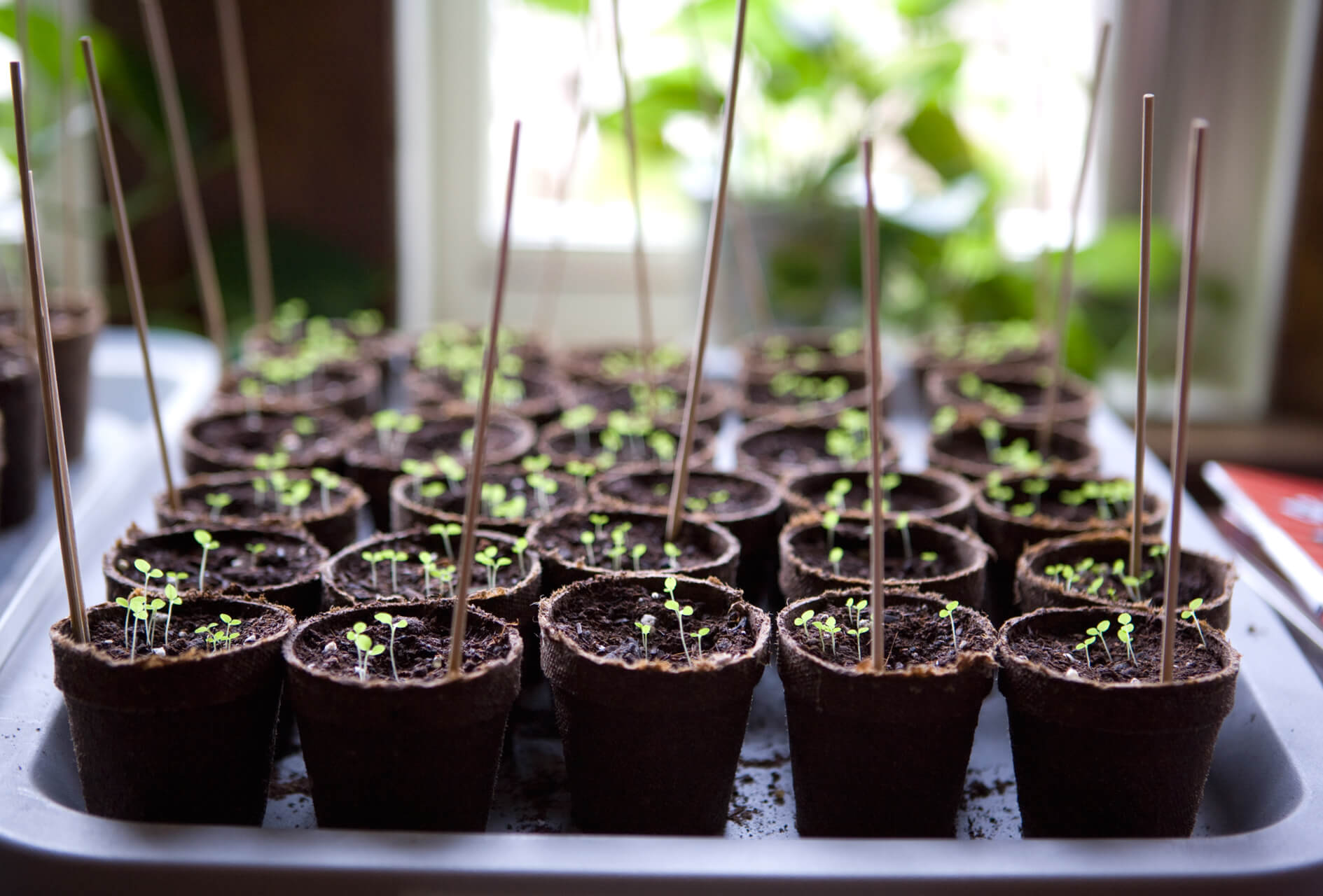

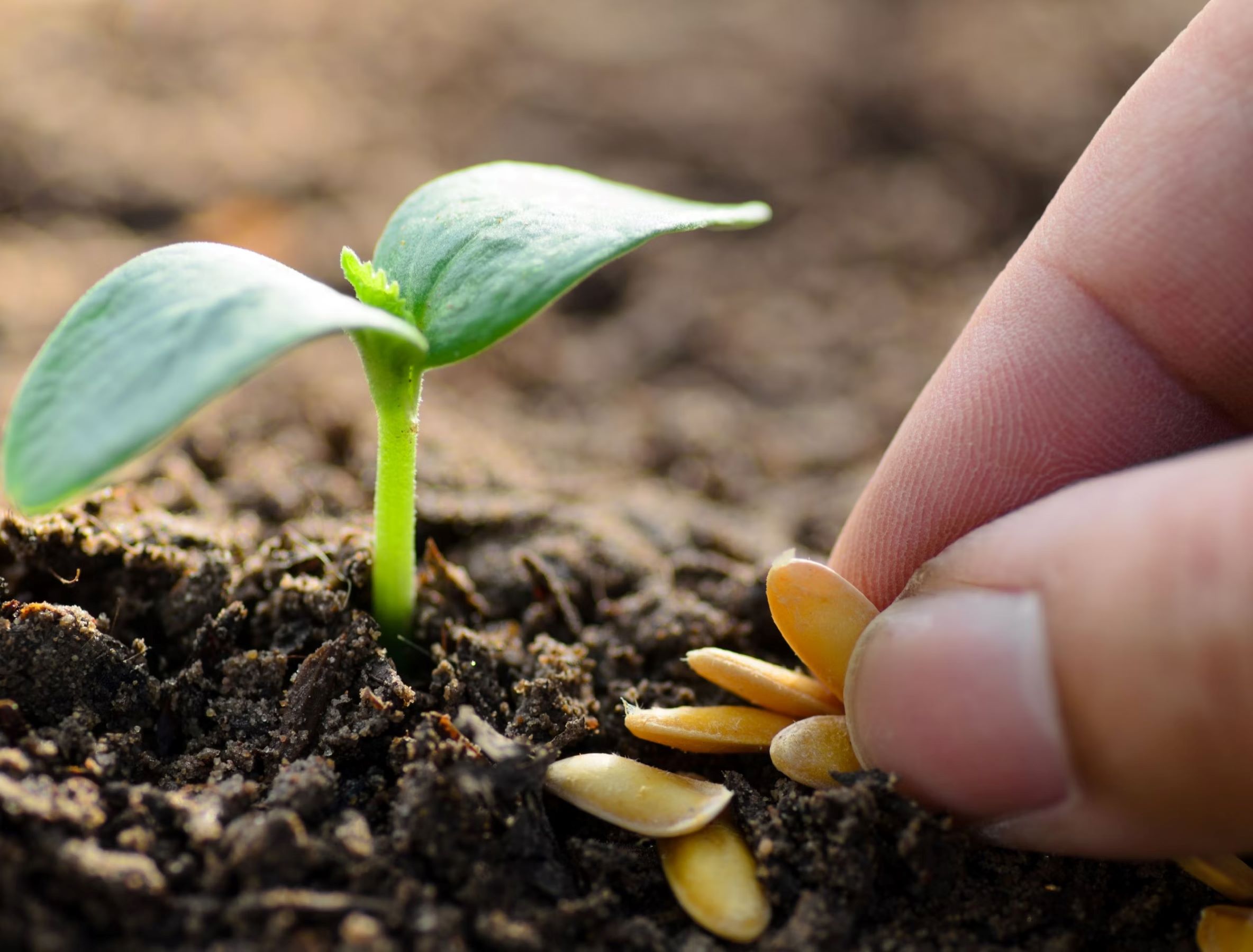
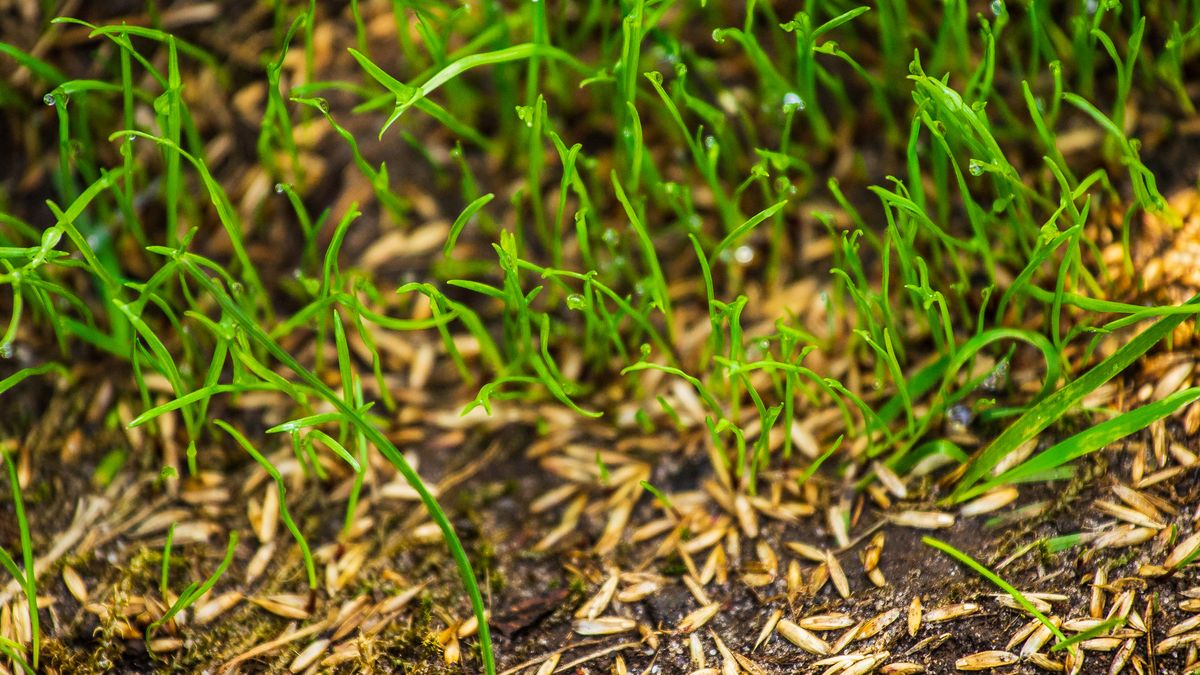
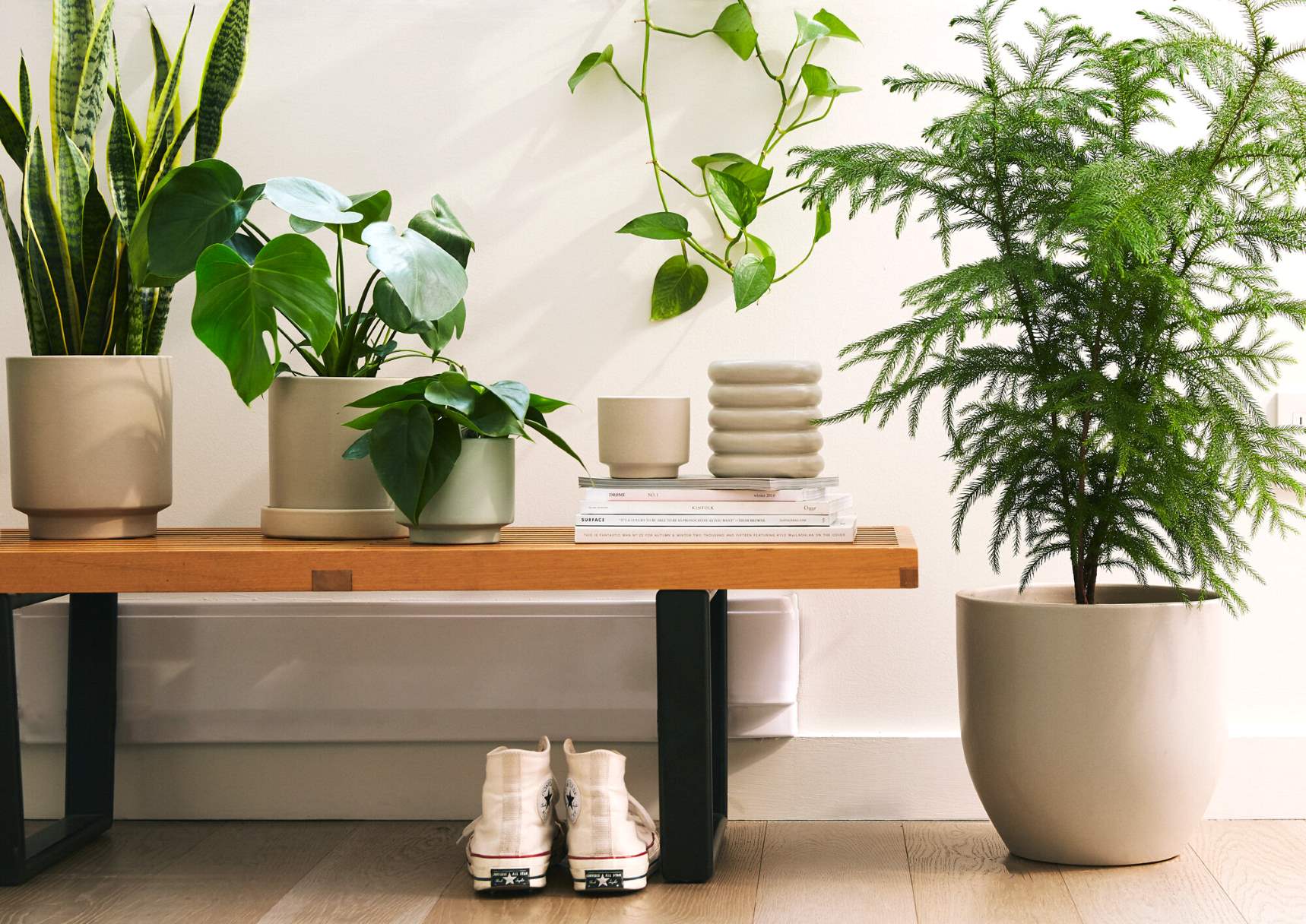
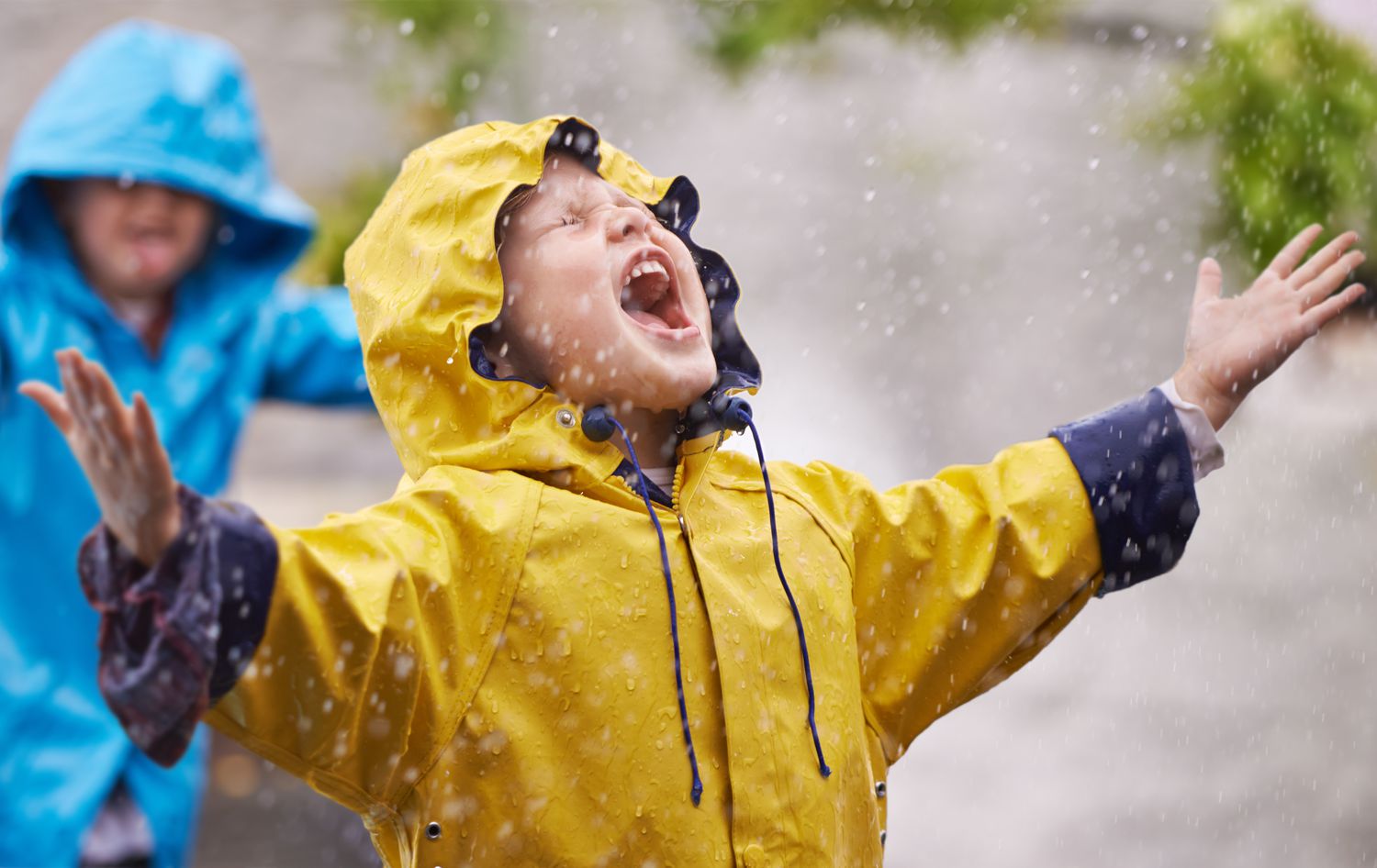
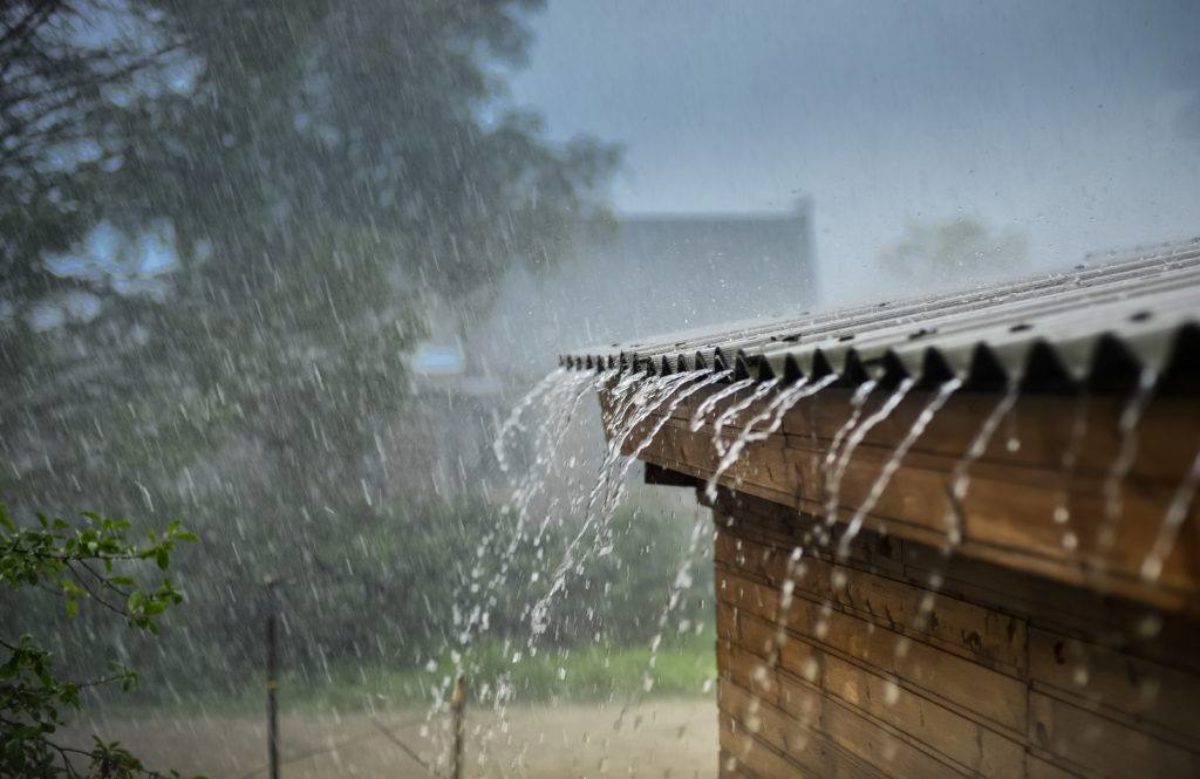
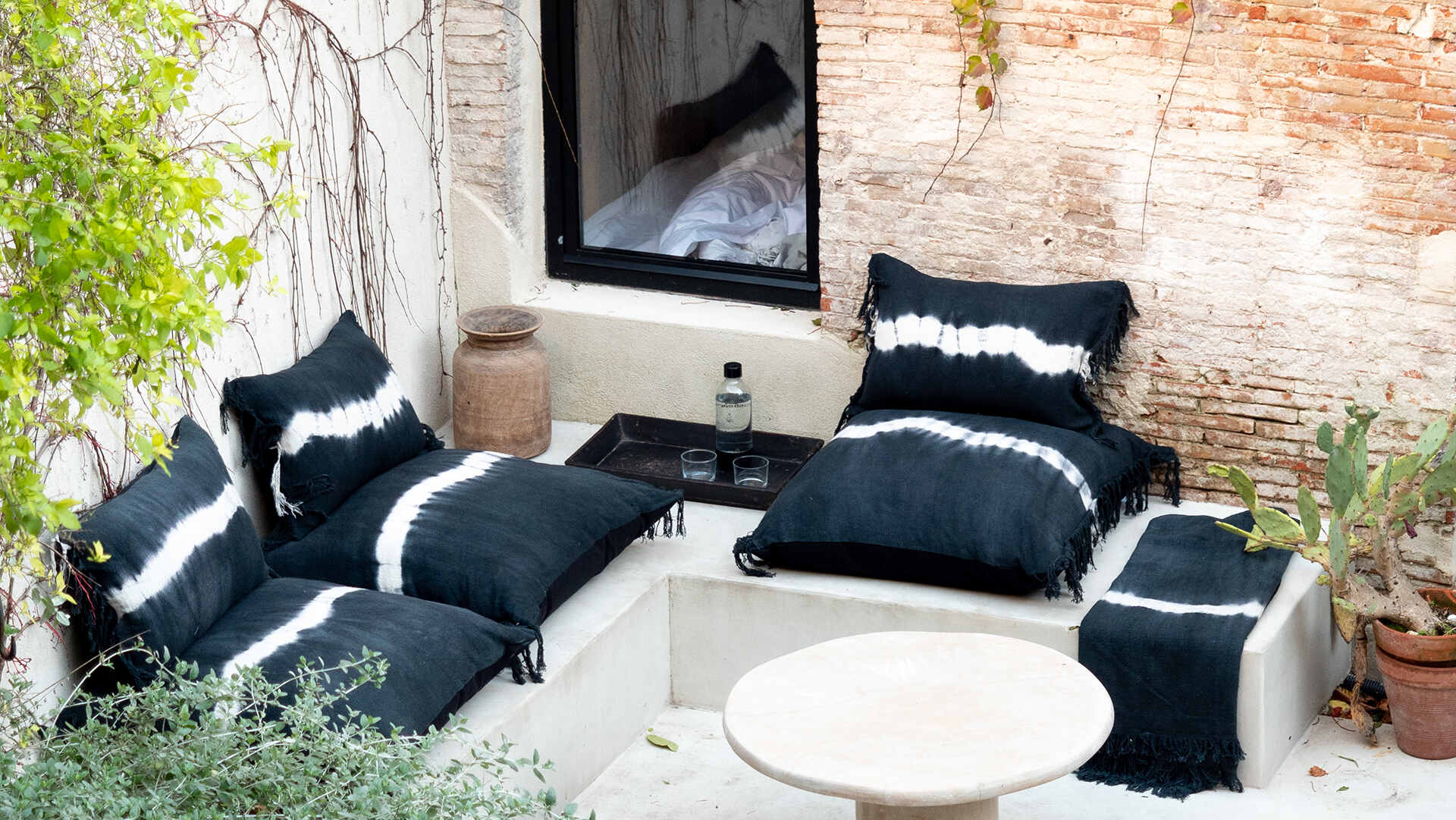

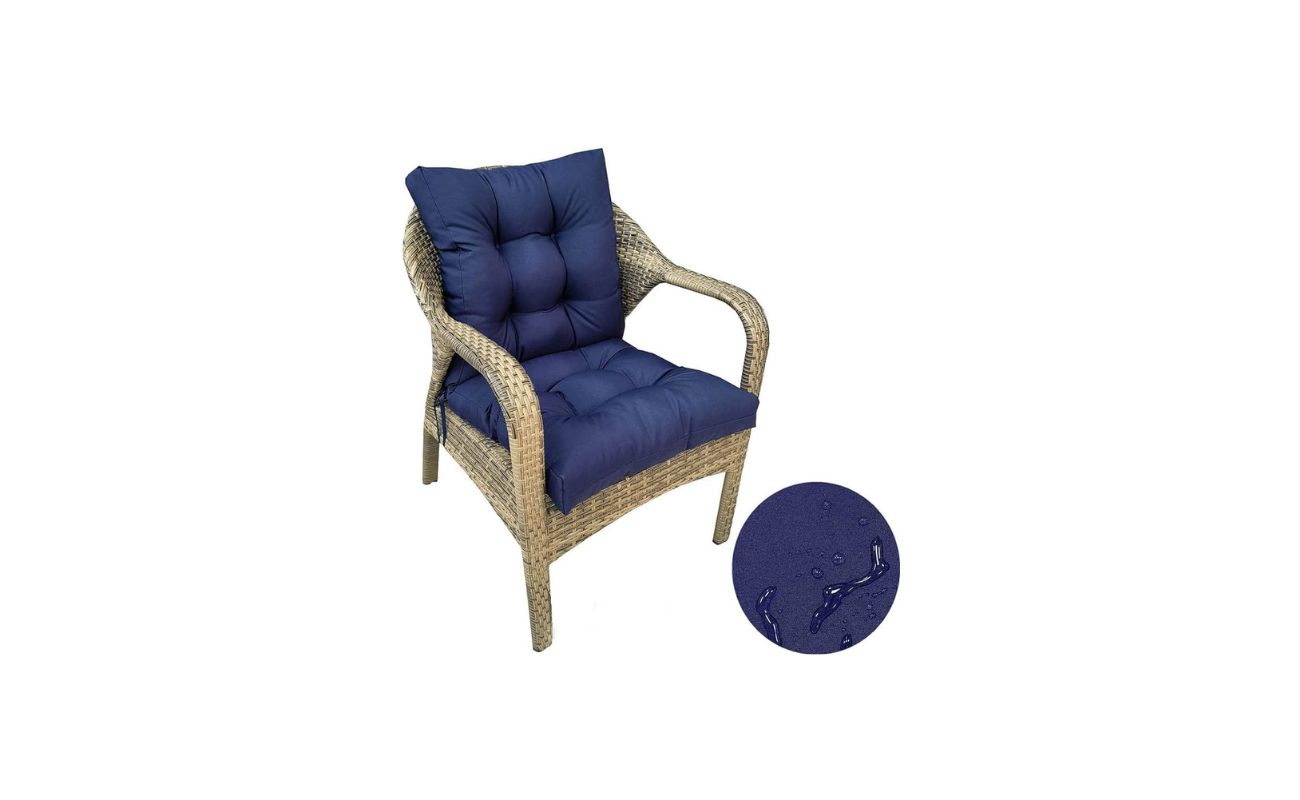
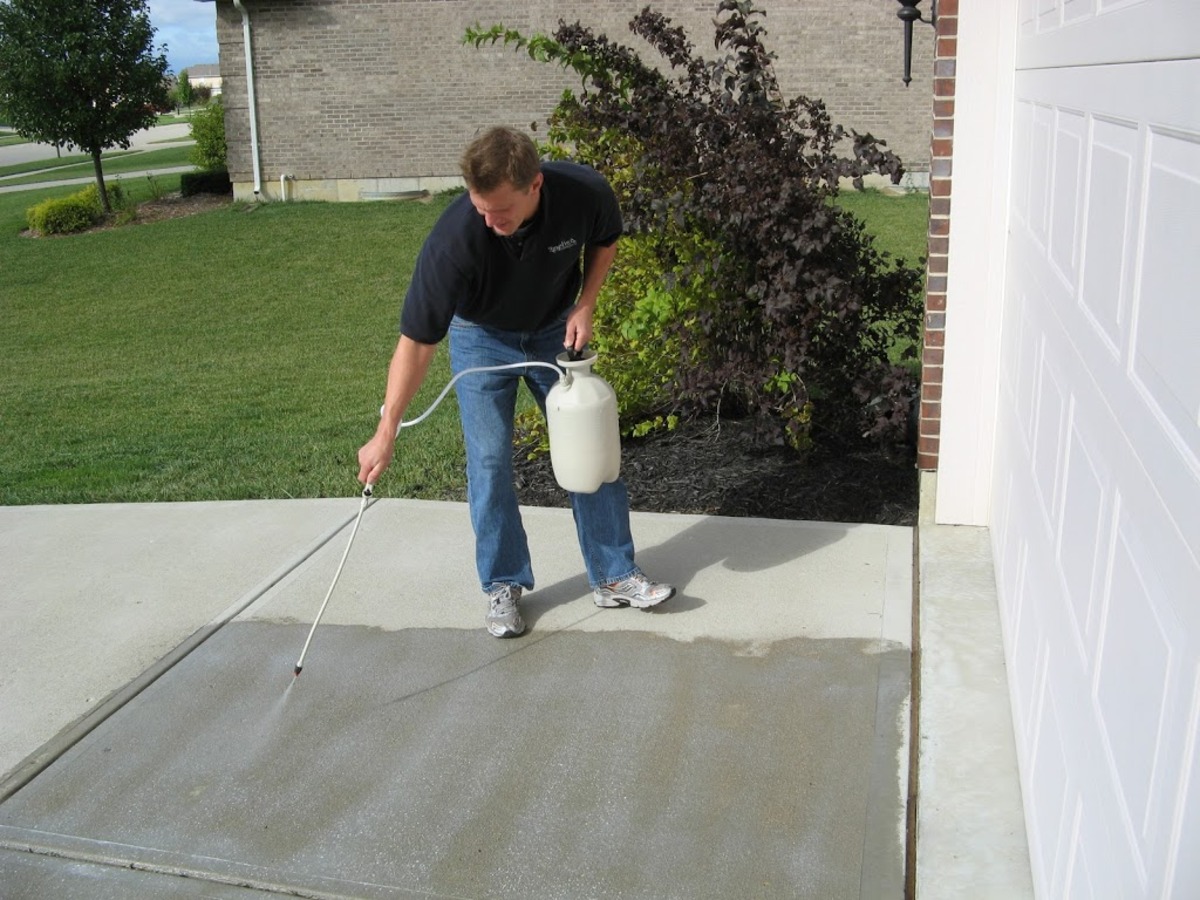


0 thoughts on “Should You Bring Patio Cushions Indoors When It Rains”